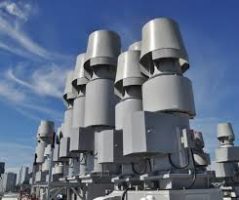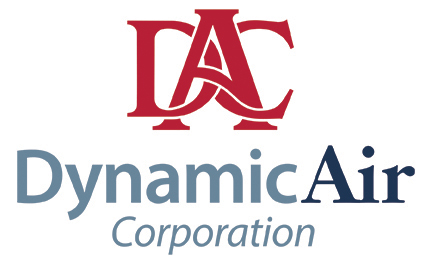What to Consider When Selecting Fans For Your Application

When selecting a fan, I prefer to do so in a deductive fashion. In other words, try to understand everything you possibly can about the nature of the application and the details about what the fan is going to be doing. From there, you can actually use a process of elimination to back right into the appropriate types of fans.
 1. Ventilation vs. Process or Ducted
1. Ventilation vs. Process or Ducted
You have several types of fans to choose from—such as axial, centrifugal, or mixed flow—but I think the first and best way to approach the task is to pay attention to the two general types of applications for industrial/commercial applications: ventilation or process/ducted. With general ventilation, the fan accelerates air and moves it from one side of an enclosure to another (like through a wall or roof).
With process or ducted applications, the fans are typically mounted in ducts or have other pertinences in the system that provide back pressure against the fan. These pertinences could be fume scrubbers, mist eliminators, sound attenuators, energy transfer devices, etc. As the air is accelerated through those systems, there is a wide range of pressure that the fan has to overcome. These fans work in contained environments and develop higher pressures than general ventilation fans.
2. Mounting
Once you determine the nature of the application (general vs. process or ducted), you need to consider how the fan will be mounted. In a general ventilation application, it is usually mounted to the roof or the wall. In a process or ducted application, it is typically mounted on a roof or pad with the duct coming into or discharging from the fan (or ducted both inlet and outlet).
Both ventilation fans and process/ducted fans can be mounted in either horizontal airflow or vertical airflow orientations.
3. Performance & Accessibility Requirements
The initial trait to determine in terms of fan performance is how much flow and pressure development the fan must be capable of generating. On the process or ducted type, there will typically be a broader range of pressure development requirements, depending on the nature of the system.
In terms of accessibility, where are you going to mount the fan, and how are you going to be able to access it for inspection, periodic maintenance, or replacement (if that ever becomes required)? What is the temperature and density of the air? These factors, along with the performance requirements, will affect the fan construction and fan material, as well as help you to determine whether it is best to have a direct or belt drive fan.
4. Noise Level, Efficiency, & Redundancy Requirements
Noise levels generated by the fan and efficiency are often considerations for selecting an appropriate fan. If low noise and high efficiency are required, it will have a significant impact on the size and type of fan that you will select.
You also need to think about whether the system is constant flow constant volume or variable volume and if you have a critical service system where redundancy is required in the fan equipment.
These traits need to be known in order to help optimize fan selection to satisfy your requirements. If you would like assistance with the selection process, contact us today.
Related Blogposts:
High Plume Dilution Fans – Now with Composite Plenums
Featured Manufacturer:
MK Plastics is the leading manufacturer of corrosion resistant industrial and commercial blowers, fans, and ventilation systems. Patented in several countries, products are AMCA Certified for Air and Sound Performance






Leave a Reply